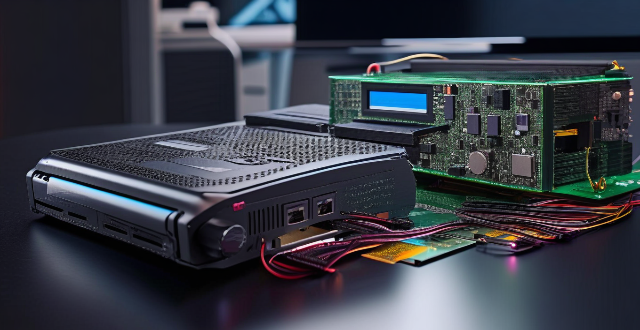In the absence of an internal optical drive, computersIn the absence of an internal optical drive, computers or DVDs by employing creating bootable USBs for installation purposes, and ripping content digitally. External optical drives offer a practical solution, allowing direct access to disc content through USB connection. Creating a bootable USB permits software installation directly from a USB, eliminating the need for an optical drive and often speeding up the installation process. Ripping content from discs to a computer's hard drive allows for digital access without physical media. When considering these alternatives, ensure compatibility with your operating system, maintain a reliable power source for bootable USBs, and explore modern solutions like cloud storage and digital downloads for convenience and reduced reliance on physical media.

If your computer doesn't have an optical drive, you might wonder if you can still use CDs or DVDs with it. The short answer is yes, but it requires a workaround. Here’s how you can achieve this:
1. Use of External Optical Drive:An external CD/DVD drive is a practical solution for computers without built-in optical drives. These devices can connect to your computer via USB and function just like an internal optical drive. Simply insert your CD or DVD into the external drive, and it should be recognized by your computer. This method allows you to access the content of your discs, whether for playing media, installing software, or accessing data.
2. Creating Bootable USB for Installation:For situations where you need to install software like an operating system from a CD/DVD, you can create a bootable USB drive. This involves using a tool to transfer the installation files from a disc to a USB flash drive, which then can be used to install the software directly from the USB, bypassing the need for an optical drive altogether. This method not only solves the problem of lacking an optical drive but also often results in quicker installation times compared to using a disc.
3. Rip and Access Content Digitally:Another approach, albeit more for accessing the content of your CDs/DVDs than actually "using" them with your computer, is to rip the content from the discs to your computer's hard drive. This process involves copying the data from the disc to your computer, whether in the form of files for documents or data, or as digital files for music or videos. Once ripped, you can access these files directly from your computer without the need for a physical disc.
Additionally, while exploring these alternatives, keep in mind the following tips:
- When purchasing an external optical drive, ensure compatibility with your computer's operating system.
- For creating a bootable USB, always ensure you have a reliable power source, as any interruptions during the installation process can potentially harm your device or the installation process.
- Consider the benefits of cloud storage and digital downloads as modern alternatives to physical media, offering convenience and reducing the reliance on physical drives and discs.
In conclusion, the absence of an internal optical drive in your computer does not mean the end of using CDs or DVDs. Through external optical drives, creating bootable USBs for installation needs, and ripping content digitally, you can effectively adapt to this change. Moreover, embracing these methods opens up opportunities to leverage more modern, efficient solutions in line with technological advancements.